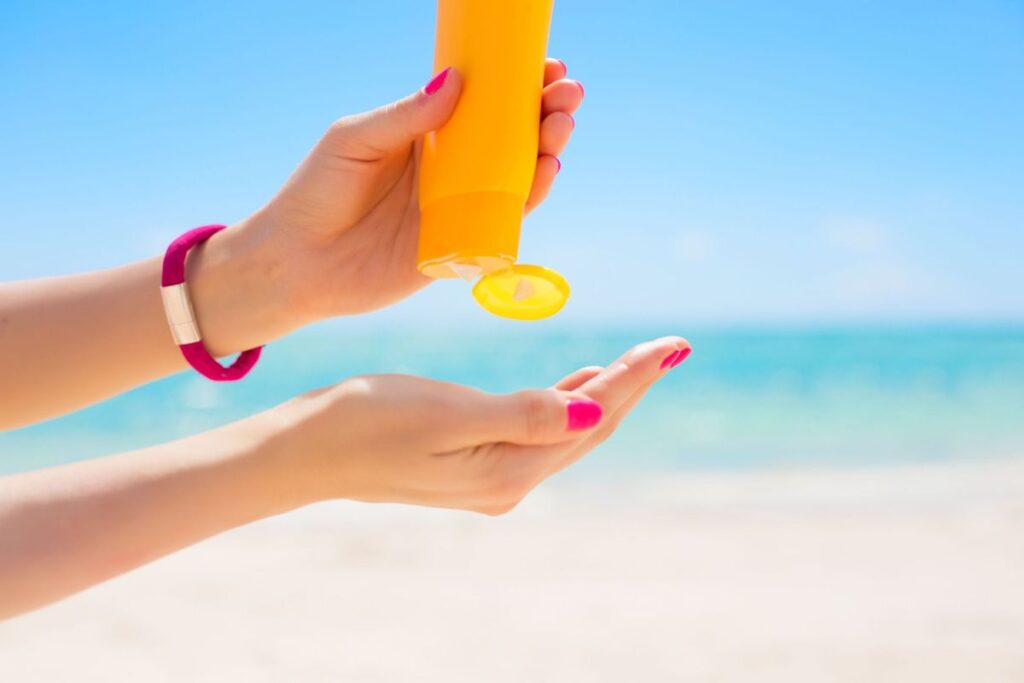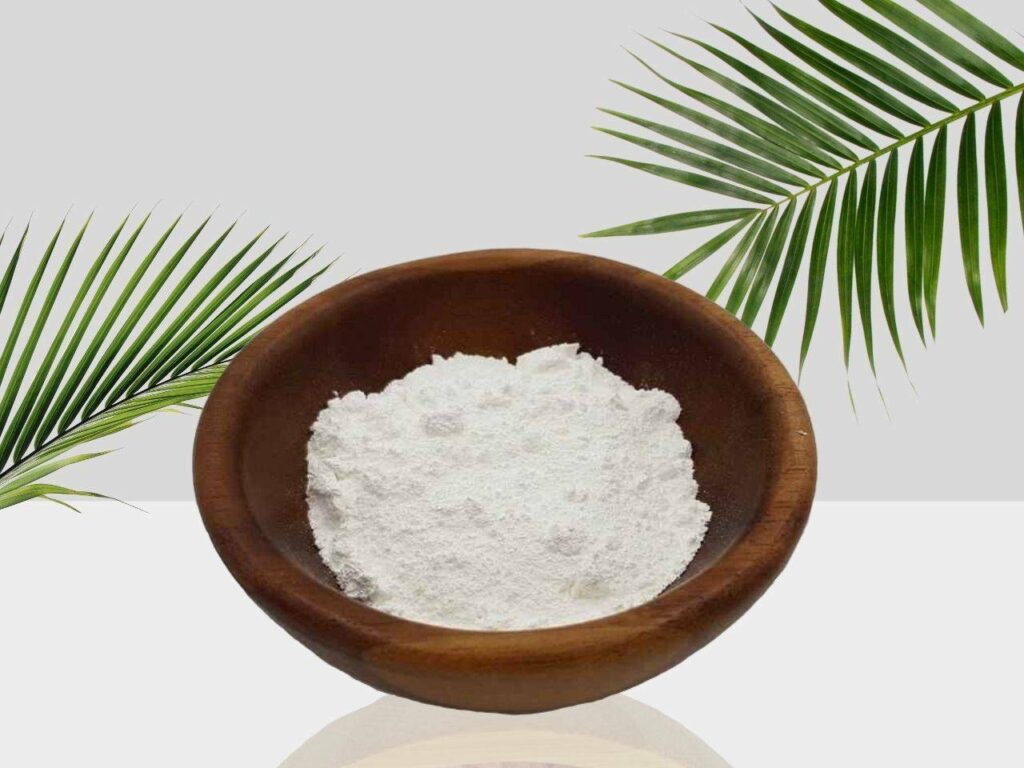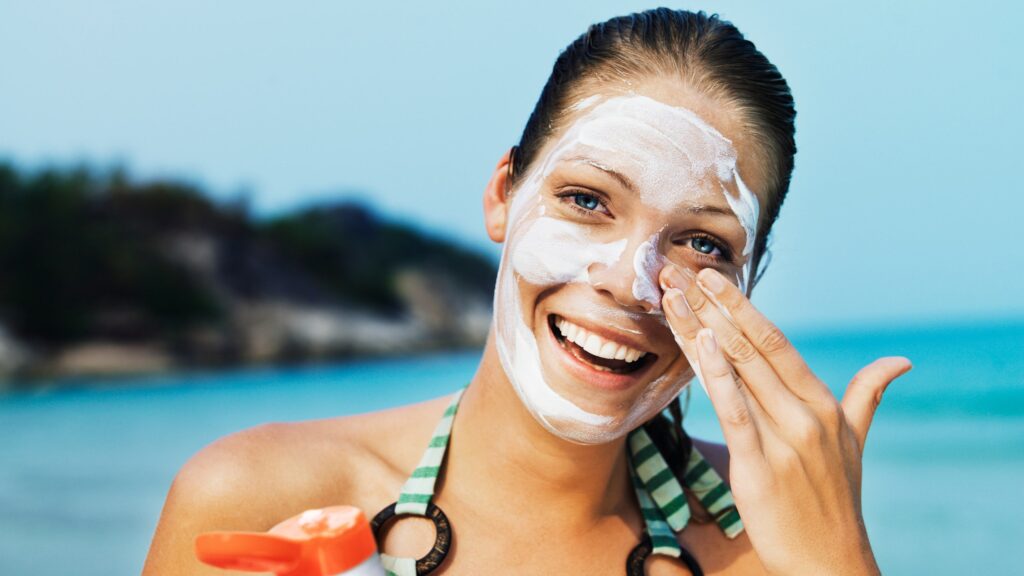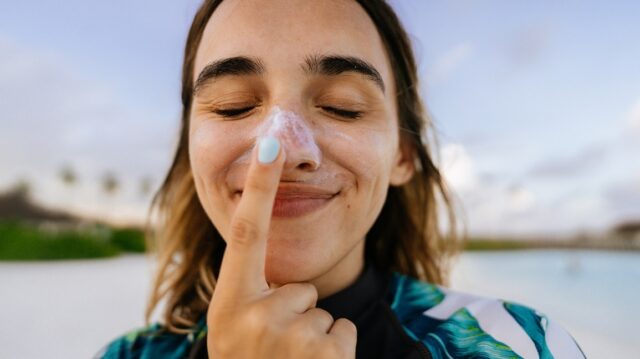With global temperatures peaking, there is no way we can avoid the sun’s scorching heat. The sunscreens are more of a necessity than a fancy purchase for the common person. Sunscreens have seen increased demand from all parts of the world and consumers of all socio-economic backgrounds.
The supply of sunscreens has also spiraled with an increased demand for sunscreens. With advertisements galore, it is difficult for the commoner to make a prudent choice.
If you are a novice and want to make an informed decision about your sunscreen lotion you should have a fair idea about the best sunscreen ingredients for your face.
In ancient times people knew about the damage caused by the sun, and in Egypt, they used a mixture of rice bran extract and jasmine to protect their skin from the sun. In 1936, the first modern-day commercial sunscreens were invented, and since then, they have been used in many cosmetics and creams.
What Is A Sunscreen?

Sunscreen is a photoprotective agent. In simple words, its components protect the skin from the harmful effects of the sun’s rays. Sunscreens can be of two types:
- Physical sunscreen: They protect the skin by acting as a barrier to the sun’s rays; their coating reflects the sun’s rays, thus preventing harm.
- Chemical sunscreen: They penetrate the skin; when exposed to the sun’s rays, they transform U.V. rays into heat, dissipating them before causing any harm.
Generally, people wear sunscreen during the summer. But sunscreen should be used throughout the year, even on cloudy days, because up to 80% of the sun’s rays can pass through the clouds. Further, the depletion of the Ozone layer has also increased the risk of damage from U.V. rays.
Why Do We Need Sunscreen?
Most of us have heard about a tan – the darkening of the skin when exposed to the sun’s rays. A tan is a body’s natural mechanism to guard against the sun’s harmful ultraviolet (U.V.) rays. With increasing temperatures, the body requires additional protection against the harmful U.V. rays in the form of sunscreen lotions.
Without an effective skin protection regime, individuals are at risk of suffering from multiple disorders. U.V. rays are known to accelerate aging and cause wrinkles and leathery skin. Further, excessive U.V. exposure is known to act as a carcinogen (cancer-causing agent).
In fact, according to the American Cancer Society, people who use tanning beds have a higher risk of suffering from skin cancers, including melanomas and squamous cell carcinomas.
Four Ingredients To Look For While Buying Sunscreen
We need to be extremely careful when buying sunscreen. Here is a look at some key ingredients to keep an eye on when purchasing sunscreen.
Zinc Oxide

Zinc Oxide is an inorganic powdery white substance that acts as a physical sunscreen. Zinc oxide is one of the oldest and safest sunscreens known to us.
Pros
- Blocks both UV-A and UV-B radiations, thus providing broad coverage
- Being fast-acting, it gives immediate protection once it has been applied to the skin
- It is photostable; that is, it does not break down upon exposure to heat
- It is non-irritating on the skin; in fact, it has been approved by dermatologists as well as the U.S. Food and Drug Administration(FDA)
- It can be micro-ionized (broken into smaller particles); hence it can be incorporated as a clear liquid lotion that does not appear patchy on the skin
- It can be used for people with acne-prone skin and also for sensitive skin of babies
Cons
- They can appear as a thick patch on the skin if they are not micro-ionized.
- They can have a slight drying effect on the skin
Titanium Dioxide
Titanium Dioxide is an opaque white compound that acts as a physical blocker. Its effect is only second to Zinc Oxide.
Pros
- Blocks both UV-A and UV-B rays.
- Fast-acting, t gives immediate protection once applied to the skin.
- Does not irritate skin or clog pores
- Has been approved by the U.S.- FDA
Cons
- It can appear as a patchy, thick coat on the skin
Oxybenzone

Oxybenzone is an organic aromatic compound. Unlike Zinc Oxide and Titanium dioxide, it acts as a chemical blocker.
Pros
- It protects against both UV-A and UV-B radiations
- It is lightweight
- It is water-resistant
Cons
- Since it is a chemical blocker, it takes time to act since it has to penetrate the skin. So you have to wait for at least 15 to 20 minutes before stepping out after applying products containing Oxybenzone.
- It is not environment friendly; it has been shown to seek into the water, which in turn impacts coral reefs. Therefore, it has been banned by several countries like Hawaii.
Avobenzone
Like Oxybenzone, it is an organic compound and acts as a chemical sunscreen.
Pros
- Protects against UV-A
- It is water-resistant
- Light on the skin
Cons
- It is slow acting since it acts as a chemical sunscreen
- It has to be used in combination with products like octocrylene (provide stability to the compound) which increases the chances of free radical damage
Conclusion
Thus there are several factors to keep in mind when one chooses sunscreen. The IPCC (Intergovernmental Panel on climate change) predicts that global temperatures are going to keep soaring. An enlightened consumer has to take into account various facts before purchasing a sunscreen lotion.
Apart from cosmetic considerations one also has to take into account the medical effects like free radical damage, skin irritation, and ecological impacts like the effect on marine and coastal ecosystems of buying a particular sunscreen.
Advertisers often use simple metrics like SPF (Sun protection factor) to gauge the effectiveness of a sunscreen. However, without being informed about sunscreen’s core ingredients, a simplistic measure like the SPF might not be of much use to consumers because with rising temperatures, a tan won’t be just a tan for fun.




